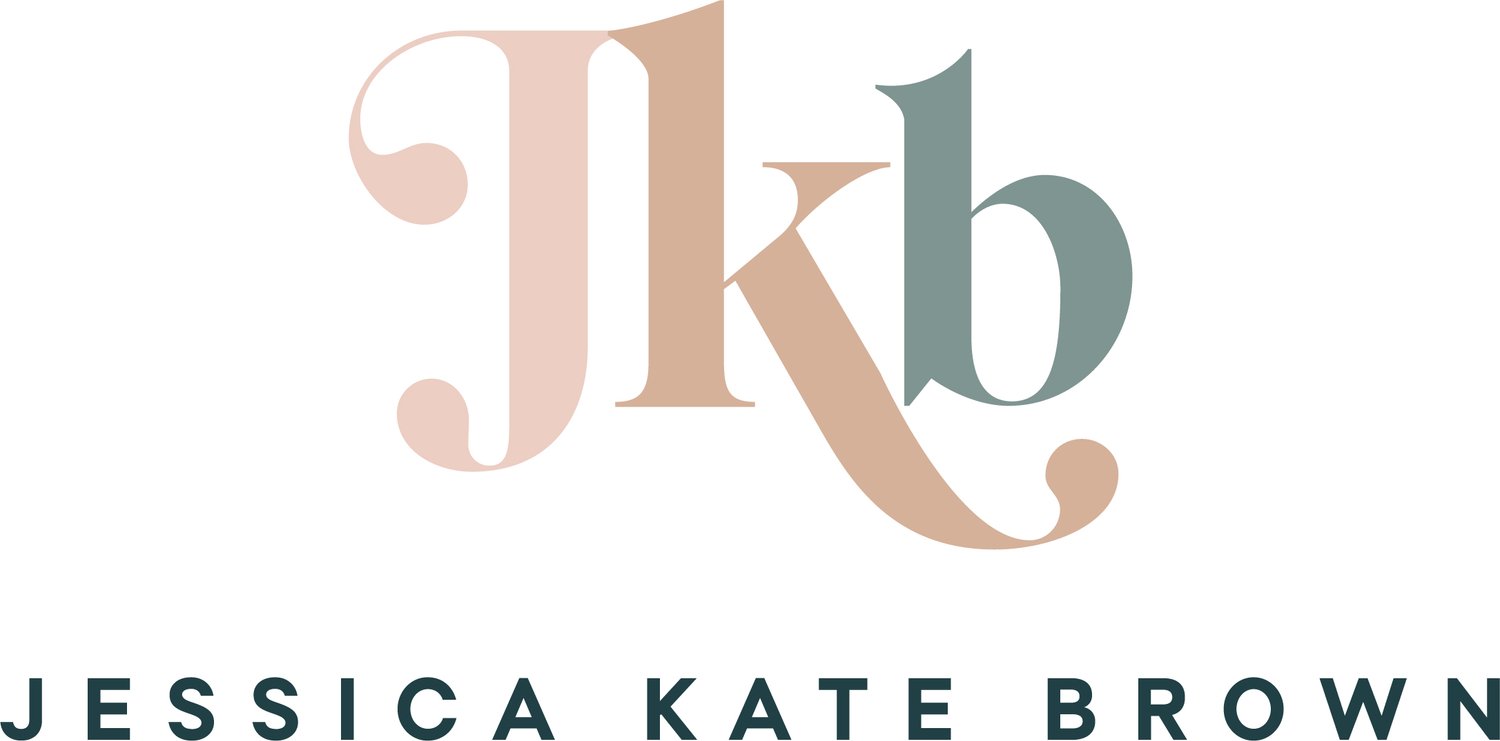Beyond the book: writing for your business
By Nadine Catto
You have a matter of seconds to make an impression, even with business writing. Your audience is continuously bombarded with emails, social media, adverts, website pages, reports, press releases, letters, marketing material, etc. fighting for their attention. You therefore only have a short window of opportunity to get your message heard.
The purpose of good writing is to communicate. Well-written communications inspire confidence and trustworthiness, but bad writing can damage your professional reputation. Maximise your chances of being heard by your ideal audience by following a few simple tips.
Plan what you want to say
There are many reasons why people write for their business. Your purpose could be to instruct, inform, make a transaction or persuade.
· Instruction – this teaches a reader how to do something (e.g., training materials, manuals, how-to guides). The tone should be knowledgeable and clear.
· Information – this tells the reader something you think they need to know (e.g., newsletters, product releases, articles). Keep the tone neutral, stick to the facts and concentrate on the important points.
· Transaction – this is used in day-to-day communications (e.g., emails, letters, invoices). Make your writing concise and to the point. Convey the information as quickly as possible and make any follow-up action clear.
· Persuasion – this is used to convince a reader to do something (e.g., marketing material, social media posts, adverts, product pitches). Use an informal tone and make sure you have evidence for any claims you make.
Think about why you are writing. Make a plan so you avoid repeating yourself. What do you want your audience to know after they’ve read your work? Build in some thinking time so you have enough time to map out what you’re writing.
Think about your audience
The reader must come first. Picture them in your mind. If you have a strong image of them and what they want to know, you will find it much easier to target your writing and connect with your ideal reader. This image will influence the tone and style of your writing.
Put yourself in your readers’ shoes. What do you want to know? Why is what you’re writing important? Who’s going to read it? Are your readers familiar with the subject matter? Should you have a conversational or formal tone? Perhaps you want to inspire your readers? Or do you need to explain something to them? What’s your end goal for what you’re writing?
Be concise
Cut out unnecessary words and irrelevant detail. In Benjamin Dreyer’s book Dreyer’s English, An Utterly Correct Guide to Clarity and Style, he refers to these excess words as ‘throat clearers’. These are words such as very, rather, really, quite, in fact, just, so, of course, surely and actually. Do these words add anything to your writing? Can you achieve the same outcome without using these words? Delete unnecessary adjectives and adverbs and use contractions (e.g., ‘don’t’ instead of ‘do not’). Readers have a limited attention span – replace complex words with short words in plain English.
Use fewer words to say the same thing – for example, substitute ‘make a change’ to ‘change’ and ‘carry out an alteration’ might be simpler as ‘alter’. Cut overly verbose sentences such as ‘we are in the process of building’. This is much simpler as ‘we are building’. Every word you write has to work hard for you. Keep it lean!
Avoid jargon
Unless you are writing for people in your field, avoid jargon, buzzwords, industry-specific terms and cliches. If you have to use technical terms, explain them in plain English.
Keep it simple
Make it easy for the reader. They’re busy and more likely to invest time in reading what you’ve written if you make the information accessible. Get to your main point quickly. If you’ve got multiple paragraphs, put your main point in the first sentence of each paragraph. Readers tend to skim and scan documents before deciding whether to read the whole thing. Think about using headings. Put deadlines and important points in bold. Break up writing with short paragraphs. Use lists. Put vital information at the top.
Use the active voice
Try and stick to the active voice. It’s more direct, easy to understand and action focused. It gives clarity to your writing and reduces wordiness. In the active voice, the subject of the sentences carries out the action of the verb. The passive voice can create complex sentences which could put your readers off if they have to work too hard to understand the point. By using short, active voice sentences you can convey everything your reader needs as quickly as possible.
Using the active voice makes you sound authoritative and knowledgeable about your topic whereas the passive voice can sometimes make the writer sound unclear or evasive.
Be direct
Put your message right up front. Don’t waste time with introductions – get straight to the point. Remove all extraneous details. Be specific in your call to action and clearly tell your reader what to do, how they can do it and when they should do it. If you don’t tell your readers quickly, they’ll stop reading.
Think about design
How your writing looks is important. A wall of dense text is intimidating, not inviting. Break your writing up into short paragraphs. Too many long sentences make your message hard to follow. Try to mix your sentence lengths to add variety for the eye.
Use a standard font that’s easy to read and accessible for screen readers (e.g., Arial or Helvetica).
Include headings and subheadings – this makes it easier for readers to skim read.
Use white space to your advantage. Including some white space will give readers a chance to rest their eyes.
You could add images and graphics to add visual interest to your text – something else to draw the reader in.
Proofread your work
Read over what you’ve written. Reading it out loud can help you see if it flows or if there are any places where it trips you up. Don’t rely on a spellchecker; it won’t pick up words that are spelled correctly but used in the wrong context. If you find one mistake in a paragraph, check the rest of the paragraph carefully as there could be another mistake lurking close by. Our brains are smart and can trick us into reading what we think should be there rather than what is actually there. It’s important to build in time to put your work aside for a few days and then read over it again. If this is not something you think you can do, you could get someone else to proofread it for you or hire a professional proofreader.
Finally, check that you’ve included all the information. It’s easy to miss something as simple as how to contact you!
Meet Nadine!
Nadine Catto is a freelance copyeditor and proofreader specialising in non-fiction – history, memoir, lifestyle, business, health and well-being, law and social science. She also edits medical-legal reports for expert witnesses in court cases.
Nadine is a qualified lawyer who swapped the world of divorce law to work in-house for a legal publisher for eight years. Her freelance clients include publishers, independent authors, social enterprises and medical professionals. Nadine is a Professional Member of the Chartered Institute of Editing and Proofreading.
When Nadine isn’t editing you can find her walking up a hill, practising yoga, drinking coffee or reading a book.
www.nadinecattoeditorial.co.uk
nadine@nadinecattoeditorial.co.uk
Connect with Nadine…
LinkedIn: linkedin.com/in/nadinecatto
Instagram: @editor.nadine
Twitter: @CattoNadine


